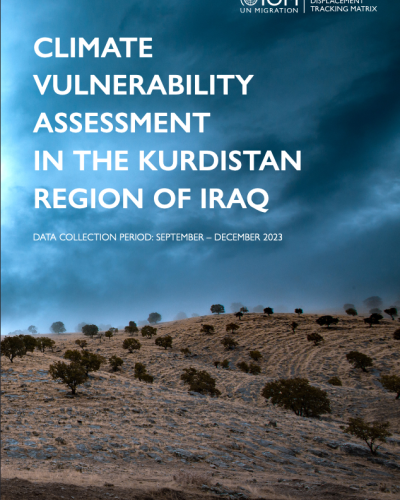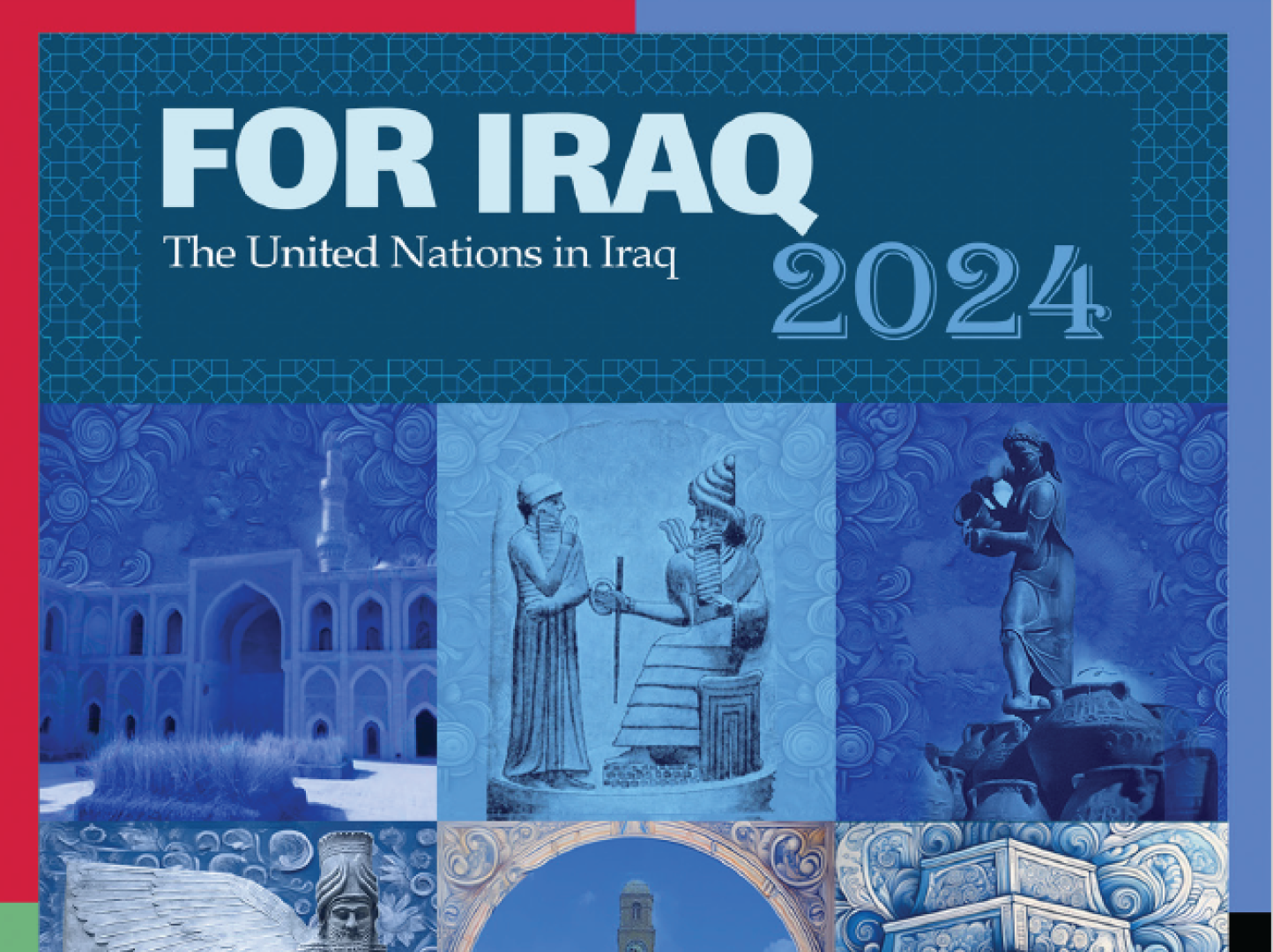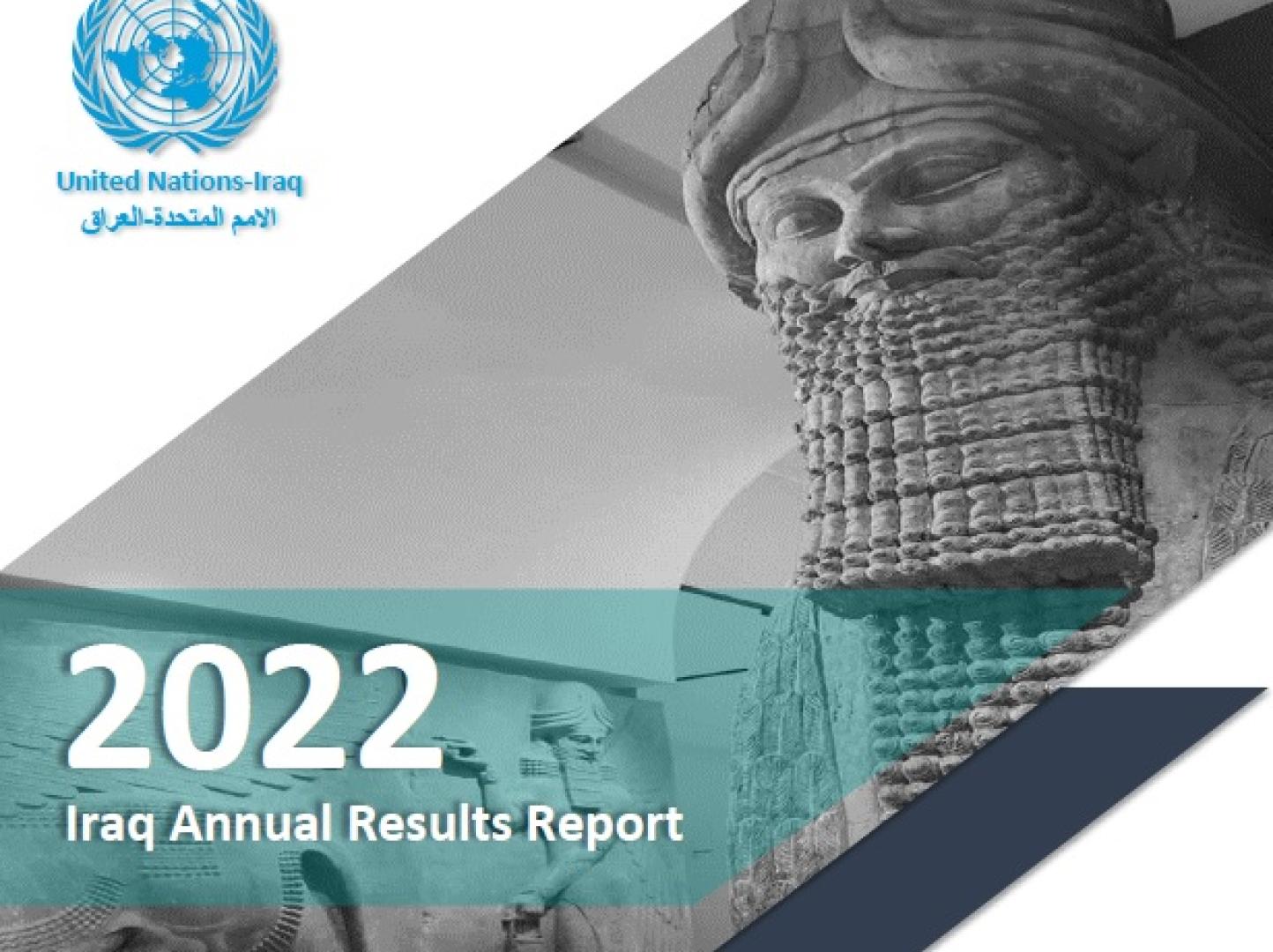Climate Vulnerability Assessment in the Kurdistan Region of Iraq

INTRODUCTION
Iraq is currently facing a wide variety of challenges linked to climate change and environmental degradation, including rising temperatures,1 changing rainfall patterns,2 more severe droughts,3 growing water scarcity4 and more frequent sand and dust storms.5 These issues are exacerbated by water management policies at the national and transnational levels, broken or inefficient water infrastructure, population growth, increasing demand for water and resource-intensive irrigation practices.6, 7, 8 While this topic is receiving growing attention,9, 10 a lack of dedicated data and analysis on the Kurdistan Region of Iraq (KRI) has hampered understanding of the specific challenges confronting the region, despite its distinct climate, topography and practices compared to central and southern Iraq.11 Given KRI’s reliance on rain-fed agriculture,12 changing rainfall patterns linked to climate change are compromising the ability of farmers, livestock rearers and fishers to sustain their livelihoods.13, 14 Reduced rainfall may decrease agricultural yields and herds, causing economic losses and forcing some families to abandon these livelihoods altogether.15 To fill this information gap and support datadriven, targeted programming, the International Organization for Migration’s (IOM) Displacement Tracking Matrix (DTM) in Iraq developed a rapid, multi-sectoral assessment of challenges related to displacement, environmental hazards, irrigation water supply, livelihoods, coping strategies and tension and conflict over natural resources. Data collection for this assessment took place between September and December 2023 in 804 locations across 3 governorates, 20 districts and 71 subdistricts in KRI.





